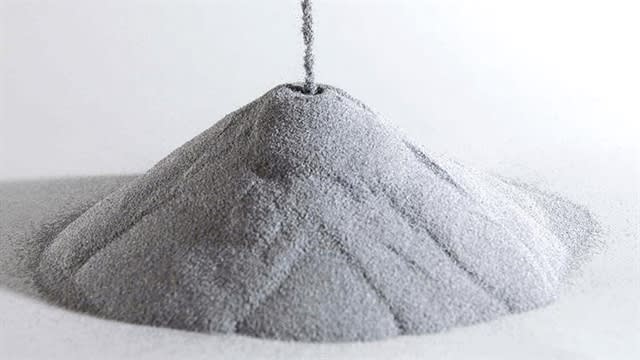bucknast
Mechanical
- Apr 10, 2012
- 14
Hey there,
Working on a project where we need to cool a shipping container down to 50 deg F and hold it there for long periods of time. Container will be outdoors under a sunshade where solar panels will be mounted. The goal is to power the refrigeration unit with a solar system with energy storage.
Looking down two design paths. Option 1) buy a refrigerated shipping container and design PV system to work with the reefer. Option 2) buy an insulated shipping container and design refrigeration and PV systems together.
Right now I'm struggling to size a solar system. Refrigeration systems are very power hungry. Even if they have a low duty cycle, when they are on, they will still draw lots of current. A battery storage system's discharge capacity will need to keep up with the current draw during operation, even if the batteries are not drained that much.
For instance, a Tesla powerwall 2 can output 5 kW continuous, and a reefer compressor will draw 7-8 kW during operation.
Soooo I'm thinking that the container refrigerators would require a larger than needed solar system just to accommodate these spikes. While a smaller refrigeration unit could run off a smaller solar system and still achieve the design requirements.
Looking for guidance. Does this make sense? What am I missing here?
Thanks.
Working on a project where we need to cool a shipping container down to 50 deg F and hold it there for long periods of time. Container will be outdoors under a sunshade where solar panels will be mounted. The goal is to power the refrigeration unit with a solar system with energy storage.
Looking down two design paths. Option 1) buy a refrigerated shipping container and design PV system to work with the reefer. Option 2) buy an insulated shipping container and design refrigeration and PV systems together.
Right now I'm struggling to size a solar system. Refrigeration systems are very power hungry. Even if they have a low duty cycle, when they are on, they will still draw lots of current. A battery storage system's discharge capacity will need to keep up with the current draw during operation, even if the batteries are not drained that much.
For instance, a Tesla powerwall 2 can output 5 kW continuous, and a reefer compressor will draw 7-8 kW during operation.
Soooo I'm thinking that the container refrigerators would require a larger than needed solar system just to accommodate these spikes. While a smaller refrigeration unit could run off a smaller solar system and still achieve the design requirements.
Looking for guidance. Does this make sense? What am I missing here?
Thanks.



